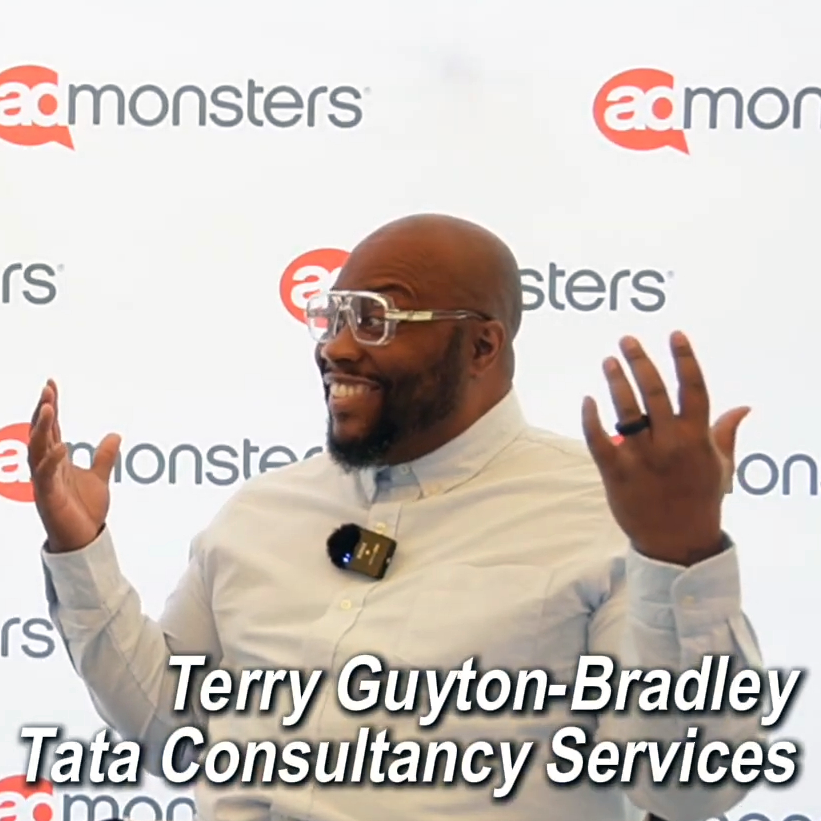When a new writer enters the copywriting game, he or she studies the masters to see what they did and how they approached their prospects. When I started in the business, I was referred to copy written by Eugene Schwartz, who wrote for Boardroom, Rodale and his own publishing business. He sold millions of dollars worth of books.
His style was short, punchy copy that promoted benefit after benefit. I wondered as I read some of his copy if these things were true. I’ve since learned that many were not. I also learned that for years he had been dogged by the Federal Trade Commission for making false claims in the ads he wrote.
Look at past copy written by Schwartz, you will find hundreds of claims such as: “How Modern Chinese Medicine helps both men and women BURN DISEASE OUT OF YOUR BODY Using nothing more than the palm of your hand!”, “Eventually throw your glasses away, and never need to see an eye doctor again, simply by rubbing around the eyes for a few minutes every day.”
His mailing pieces contained hundreds of statements like those, many of questionable validity. When you encounter statement after statement, you start to question your own sense of what is true or false. Since we grew up thinking that the government protects us from charlatans, and that the truth in advertisement laws prevents lies from being told in ads, we can begin to doubt our own reason.
Here is the ugly truth: You can write anything you want in a book.
As long as there is no libel involved, the book cannot be challenged. It can be untrue or wrong and the author will suffer nothing worse than the ridicule of those who know better. He can battle things out and win his argument by using the first amendment.
From there, whatever is stated in a book, whether truth or a lie, can be presented in advertising copy for that book, in information booklets and in newsletters. Because his claims were taken from a book, no matter how dubious the information contained in it, it cannot be criticized or censored by the government. That book is protected by the First Amendment.
This means that truth in advertising is not a guarantee.
Obviously, a lot of money has been made using that loophole. I expect that many people have been ripped off using the same loophole. Caveat emptor! Maybe we should precede every ad or mailing piece with those words in capital letters.
Joan Throckmorton’s coda as presented in Denny Hatch and Don Jackson’s book “Tested Secrets for Direct Marketing Success” states, “As direct marketers we’re not here primarily to make a sale, we’re here to get a customer.”
I hope this is true. If we aren’t trying to make a sale, but rather to make a customer, we shouldn’t try to deceive a prospect. I think that we all should be honest with our customers. Our copy should not deceive or rely on loopholes to justify its use. When we present an offer, it should be honest, easy to understand and it should sell the product or service in such a way that we get a customer who trusts us enough to buy from us again.
You can make a fool of a person once, but how many will let you do that twice? By lying, the fooled prospect will give you a sale, but there’s a very good chance you’ve just lost a customer.
Albert Saxon is president of Saxon Marketing, Indian Orchard, MA.
 Network
Network

